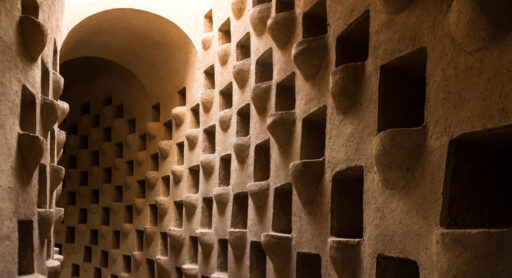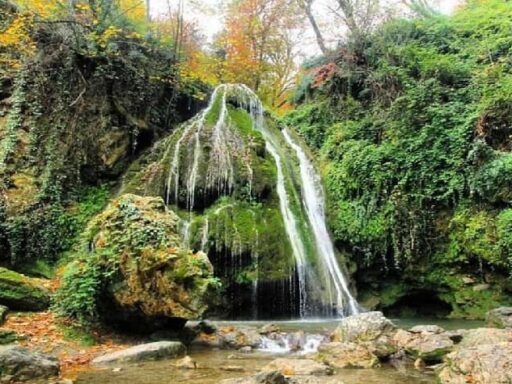Introduction to Meymand and Its Architectural Wonders
Nestled in the heart of Kerman province in Iran, the village of Meymand is a testament to ancient ingenuity and architectural brilliance. Known for its cave dwellings and ancient rock carvings, Meymand also houses a remarkable example of traditional Persian architecture—the Dovecote Tower. This article delves into the history, architectural features, cultural significance, and visitor experience of the Dovecote Tower in Meymand, offering a comprehensive guide to this unique historical structure.
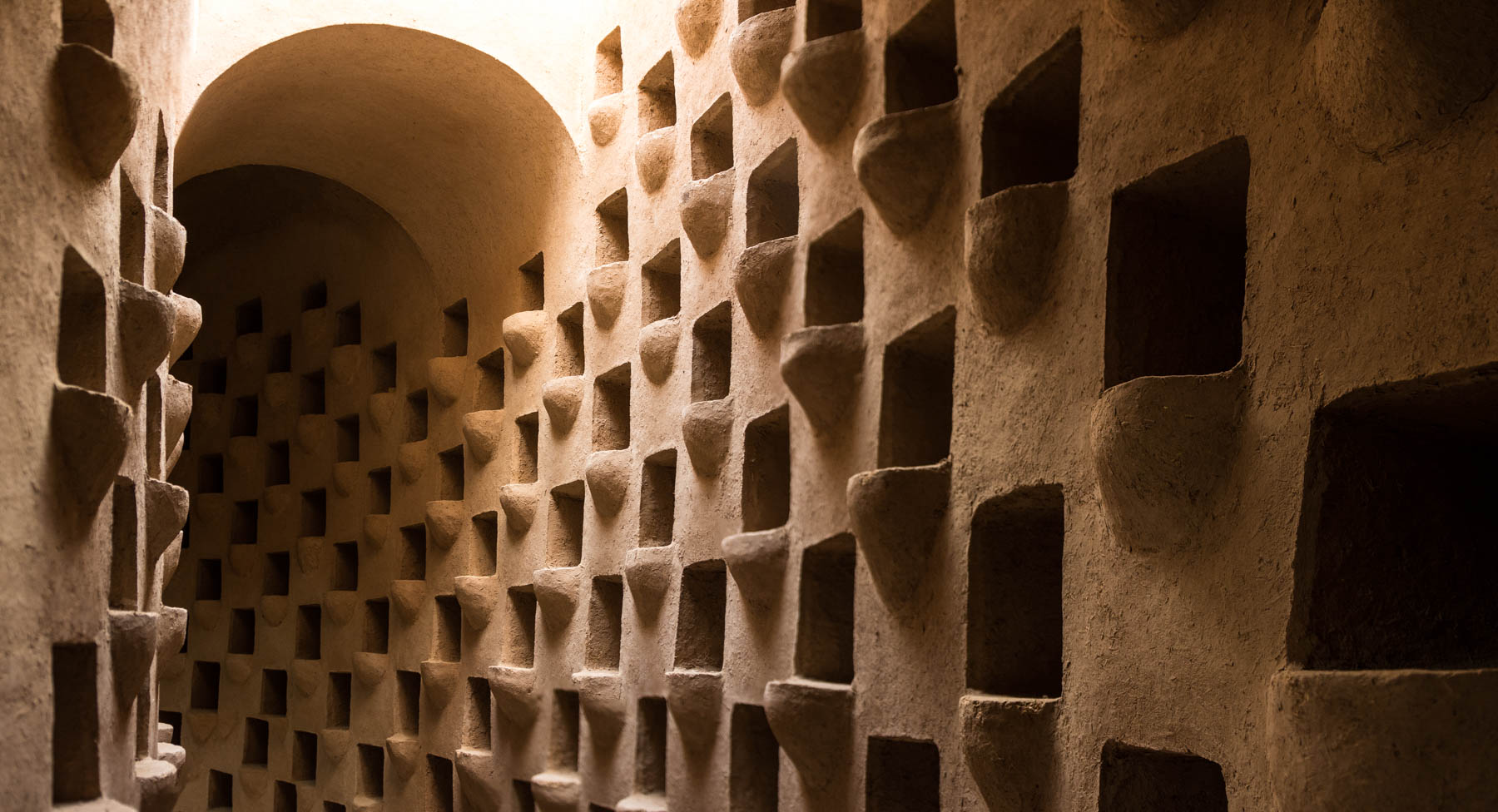
Historical Background of Meymand
Ancient Origins of Meymand
Meymand is an ancient village with a history that stretches back over 2,000 years. Recognized as a UNESCO World Heritage site, it is known for its rock-cut dwellings that have provided shelter to its inhabitants for centuries. These homes, carved into the soft rock of the region, reflect the ingenuity of the village’s early residents and their ability to adapt to their harsh environment.
The Role of Dovecote Towers in Persian History
Dovecote towers, or “kabootar khanehs,” have a long history in Persia. These structures were built to house pigeons and doves, which played a crucial role in agriculture and communication. Pigeon droppings were highly valued as a rich source of fertilizer, and pigeons themselves were used as messengers. The construction of dovecote towers across Iran demonstrates the advanced agricultural practices and innovative spirit of ancient Persian societies.
Architectural Features of the Dovecote Tower in Meymand
Design and Structure
The Dovecote Tower in Meymand is an architectural marvel, designed to accommodate thousands of pigeons. Typically cylindrical in shape, the tower features multiple levels of nesting compartments arranged in a honeycomb pattern. This design not only maximizes the number of nesting spaces but also ensures that the structure remains stable and well-ventilated.
Materials and Construction Techniques
Constructed from locally sourced materials, the Dovecote Tower in Meymand showcases traditional Persian building techniques. Mud bricks and stone are the primary materials used, providing excellent insulation and durability. The use of natural materials helps the tower blend seamlessly with the surrounding landscape, creating a harmonious and aesthetically pleasing structure.
Interior Layout and Functionality
Inside the Dovecote Tower, the nesting compartments are meticulously arranged to provide safe and comfortable spaces for the pigeons. Each compartment is shaped like a small alcove, offering protection from predators and harsh weather. The clever design of the interior ensures that pigeon droppings can be easily collected from the base of the tower, facilitating their use as fertilizer.
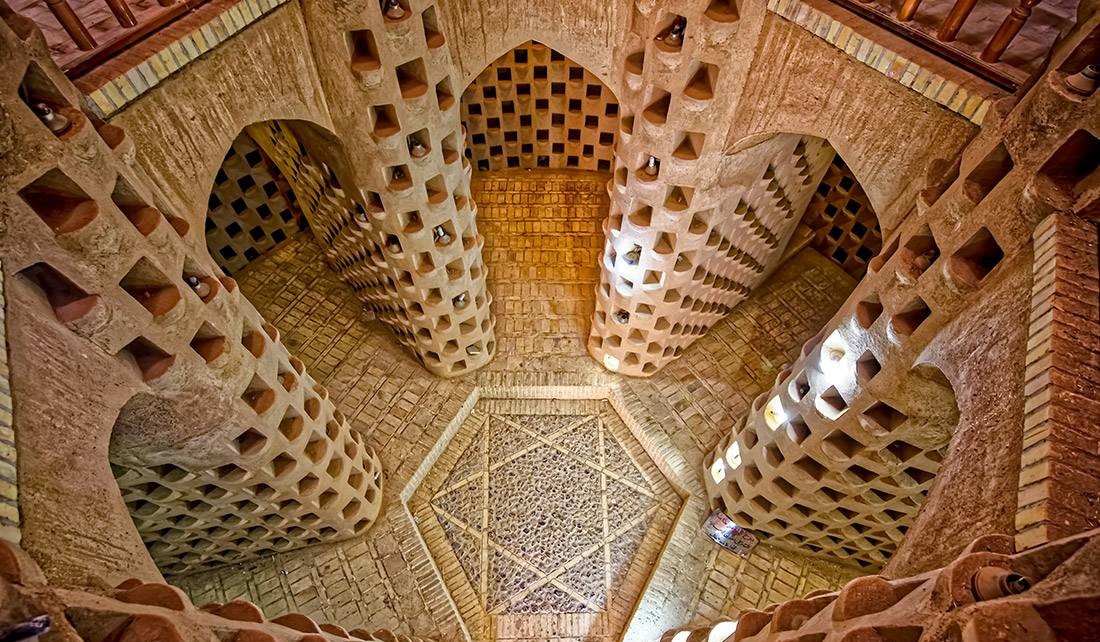
Cultural and Practical Significance of Dovecote Towers
Agricultural Benefits
One of the primary purposes of dovecote towers was to collect pigeon droppings, which were a valuable fertilizer for crops. Rich in nutrients such as nitrogen, phosphorus, and potassium, pigeon droppings helped improve soil fertility and boost agricultural yields. This practice highlights the sustainable farming methods employed by ancient Persian communities.
Symbol of Prosperity and Social Status
In addition to their practical benefits, dovecote towers were also symbols of prosperity and social status. The ability to maintain a large population of pigeons indicated a well-managed agricultural system and a thriving community. Dovecote towers were often associated with wealth and prestige, reflecting the importance of agriculture in Persian society.
Architectural and Cultural Heritage
The dovecote towers of Iran, including the one in Meymand, are significant cultural and architectural heritage sites. They exemplify the blend of form and function in Persian architecture, showcasing the skill and creativity of ancient builders. These structures are a testament to the rich cultural traditions and historical legacy of Iran.
Exploring the Dovecote Tower in Meymand
Historical Context and Construction
The Dovecote Tower in Meymand was likely constructed several centuries ago, during a period when the village was an important agricultural center. The tower played a vital role in the local farming system, providing a steady supply of fertilizer. Over time, it has become an integral part of Meymand’s cultural and historical landscape.
Unique Architectural Features
The Dovecote Tower in Meymand stands out for its unique architectural features. Built into the rocky terrain of Meymand, the tower seamlessly integrates with its natural surroundings. The use of local materials and traditional construction techniques gives the tower a distinctive character, making it an exceptional example of vernacular architecture.
Pres
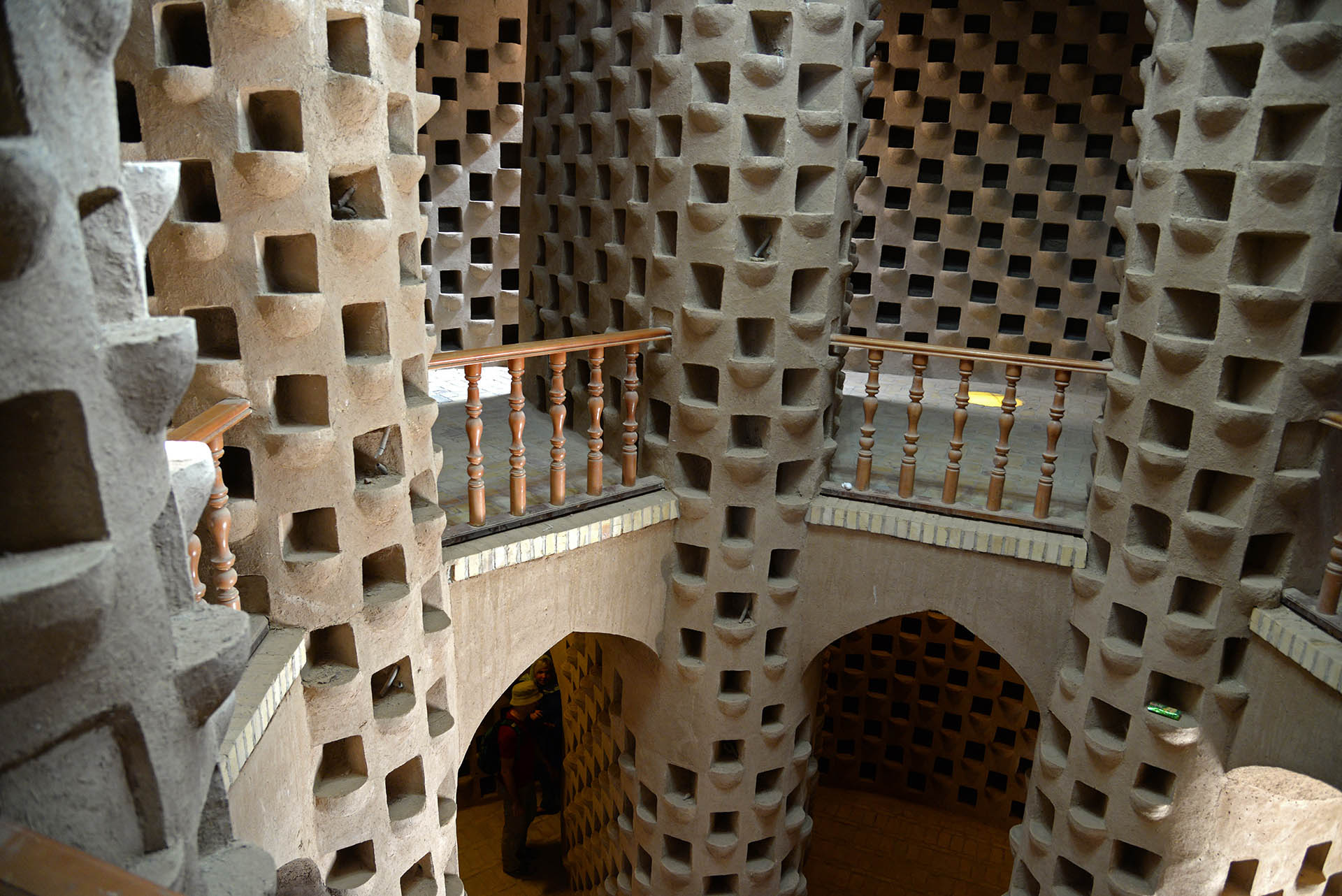
Visiting Meymand and the Dovecote Tower
Tourist Attractions in Meymand
Meymand offers a wealth of attractions for visitors, from its ancient cave dwellings and rock carvings to its scenic landscapes and traditional handicrafts. The Dovecote Tower is a highlight, offering insight into the village’s agricultural heritage and architectural ingenuity. Other attractions include the Meymand Cultural Museum, local bazaars, and the surrounding natural beauty.
How to Get to Meymand
Meymand is located approximately 35 kilometers southwest of Shahr-e Babak in Kerman province. The village is accessible by road, with regular bus and taxi services available from Shahr-e Babak. For international visitors, the nearest major airport is in Kerman, which is well-connected to other cities in Iran.
Accommodation and Visitor Facilities
While Meymand is a small village, it offers a range of accommodation options for visitors. Traditional guesthouses, known as “sarai,” provide an authentic experience of local hospitality, with comfortable rooms and home-cooked meals. For those seeking modern amenities, hotels and lodges in nearby Shahr-e Babak are also available. Basic amenities such as restaurants, shops, and medical facilities can be found in the village and its surroundings.
Guided Tours and Activities
To fully appreciate the historical and cultural significance of the Dovecote Tower and other attractions in Meymand, guided tours are recommended. Local guides can provide valuable insights into the village’s history, architecture, and traditions, enhancing the visitor experience. Popular activities include hiking, birdwatching, and photography, offering opportunities to explore the natural beauty of the region.
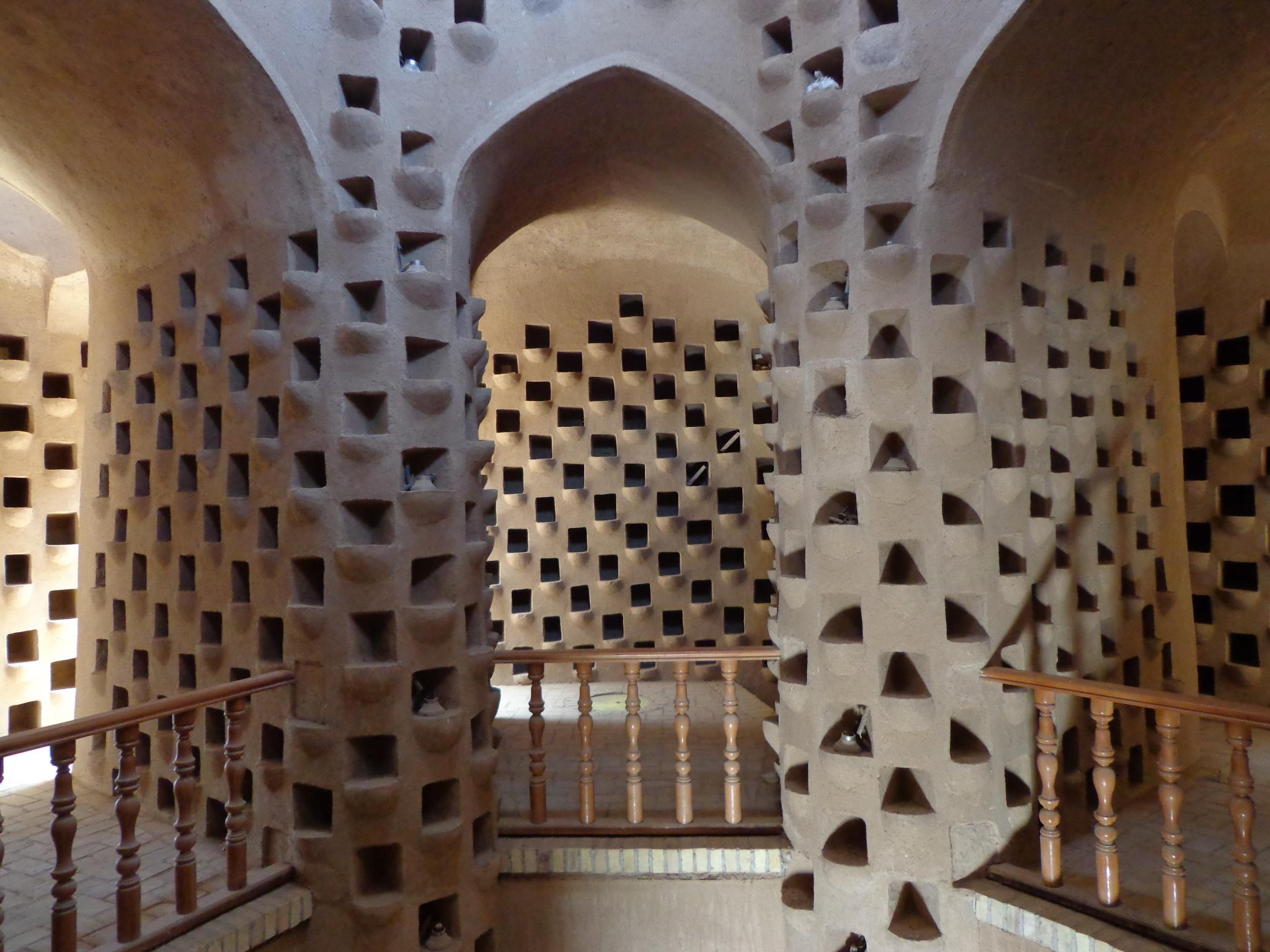
The Future of the Dovecote Tower in Meymand
Sustainable Tourism and Community Involvement
Sustainable tourism practices are crucial for the preservation of the Dovecote Tower and the cultural heritage of Meymand. Community involvement is key, ensuring that local residents benefit from tourism while maintaining their traditional way of life. Initiatives such as eco-tourism and community-based tourism can help protect the environment and cultural sites, providing a sustainable future for Meymand.
Educational and Cultural Programs
Educational and cultural programs can play a vital role in raising awareness about the importance of the Dovecote Tower and the heritage of Meymand. Workshops, exhibitions, and cultural events can engage both locals and visitors, fostering a deeper appreciation for the village’s history and traditions. Collaborations with universities and cultural institutions can further enhance these efforts.
Conservation and Restoration Initiatives
Ongoing conservation and restoration initiatives are essential to preserve the Dovecote Tower for future generations. These efforts should focus on maintaining the structural integrity of the tower, protecting it from environmental damage, and documenting its architectural features. Support from government agencies, heritage organizations, and international bodies can help ensure the success of these initiatives.
Conclusion
The Dovecote Tower in Meymand is a remarkable example of Iran’s rich architectural and cultural heritage. This unique structure not only showcases the ingenuity and craftsmanship of ancient Persian builders but also reflects the sustainable agricultural practices of the past. As a symbol of prosperity, a practical agricultural tool, and a historical landmark, the Dovecote Tower holds a special place in the hearts of the people of Meymand and all who visit this enchanting village. By exploring the Dovecote Tower and the many other attractions of Meymand, visitors can gain a deeper understanding of Iran’s fascinating history and the enduring legacy of its ancient civilizations.

